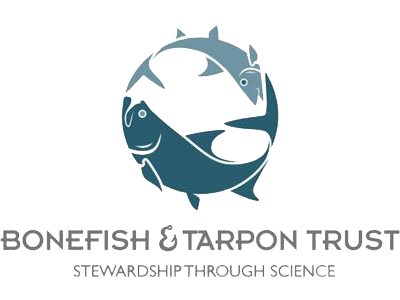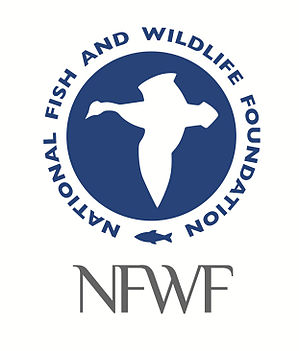bonefish SPAWNING BEHAVIOR AND JUVENILE HABITAT
Bonefish Albula vulpes are an economically important sport fish that has historically bolstered the recreational flats fisheries of the Florida Keys and The Bahamas; an industry with an annual economic impact of US$465 million and US$169 million, respectively. Recent declines in Florida’s bonefish populations have elicited concerns among recreational anglers and resource managers, and a desire to steward recovery through better habitat management and conservation. Knowledge gaps persist in how abiotic and biotic factors influence reproduction and recruitment in bonefish. We took a multi-disciplinary approach with field studies and computer simulations in order to delineate bonefish habitats across their life history. Acoustic telemetry was used to characterize spawning behaviors of adults, netting and camera surveys to assess juvenile habitat use in South Florida, and biophysical models were created to assess larval dispersal and population connectivity in The Bahamas. This project was led by PhD Student Steven Lombardo.
Collaborators: Dr. Paul Wills (FAU-HBOI; PI), Dr. Jon Shenker (FIT; Consultant), Dr. Aaron Adams (BTT)
Funding: National Fish and Wildlife Federation, Bonefish Tarpon Trust




